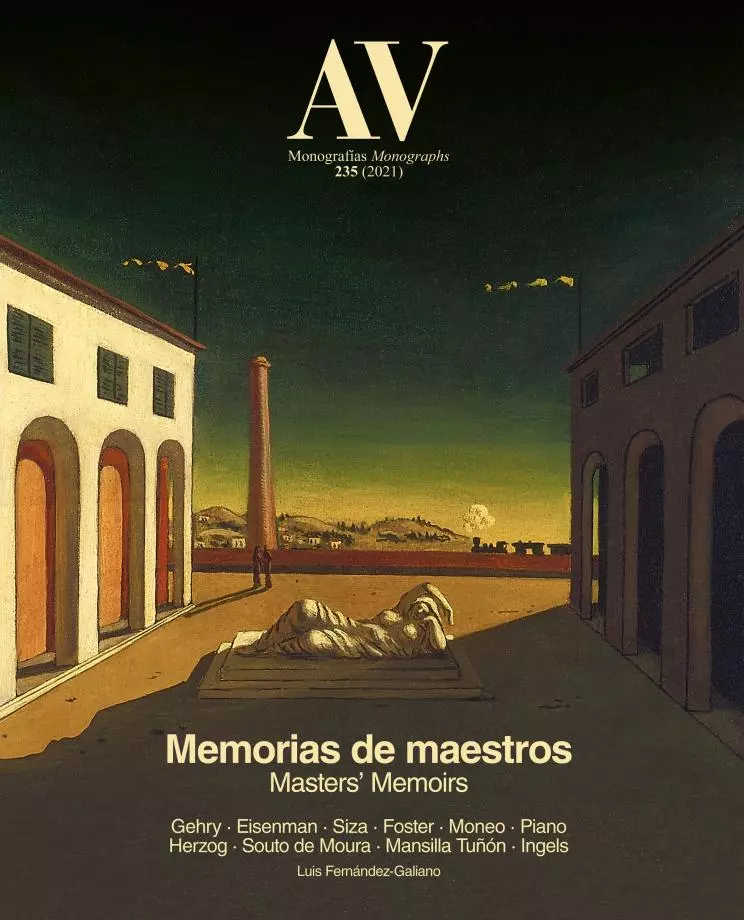
Frank Gehry is easygoing, generous, cordial. At 68, this Californian is America’s most admired architect, but no one who saw him amid the intense bustle of his Bilbao construction site would notice his stardom. The casual clothes and distracted approachability liken him more to a craftsman in his workshop. For this informal figure, born in Canada into a family of Jewish Polish immigrants, the building site is his second studio, and here he goes about his business with intelligent and inspired awkwardness. Modest and proud at the same time, he speaks of his work with relish and critical distance, but at the slightest opportunity the conversation slips into the sphere of friends and colleagues, whom he refers to with the same candid combination of admiration and censure, in a jovial hand-to-hand contest that is so frank as to be disarming. In the end, the dialogue about his oeuvre is tangled up with the dialogue about other oeuvres, other personalities, and other horizons.
“You don’t like my building.” Gehry has a blunt way of getting into the matter at hand. Like his friend Peter Eisenman, he likes to disconcert people with an opening blow that dodges protocol. Caught off guard, I struggle to catch my breath and mutter a denial. But Gehry takes a many-times-folded piece of paper out of his pocket and keeps showing it to me. It’s a fax from his office in Los Angeles, where someone has translated into English several paragraphs of an old article of mine that is skeptic about the agreement arrived at between the Basque administrations and the Guggenheim Foundation, and wary of the spectacular nature of contemporary museums. So we are on familiar ground. As happens in so many cases, political or social polemic is mixed up with artistic judgment in an inextricable mesh, and the criticisms surrounding the operation mark the architect’s project in the same way that the praises thrown on the building fleck the pact signed between the Basques and the New York museum. It is no use offering explanations...
[+]





